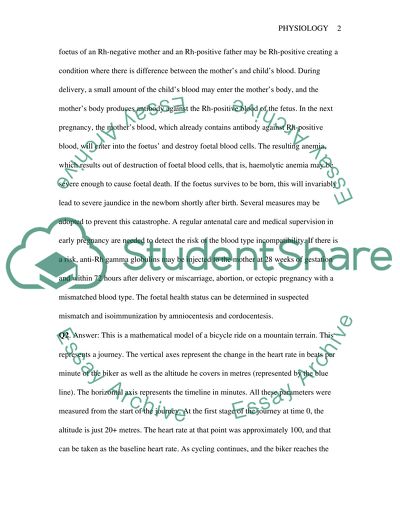Cite this document
(Physiology Processes of a Developing Human Assignment, n.d.)
Physiology Processes of a Developing Human Assignment. Retrieved from https://studentshare.org/health-sciences-medicine/1517910-physiology-assignment-about-developing-human
Physiology Processes of a Developing Human Assignment. Retrieved from https://studentshare.org/health-sciences-medicine/1517910-physiology-assignment-about-developing-human
(Physiology Processes of a Developing Human Assignment)
Physiology Processes of a Developing Human Assignment. https://studentshare.org/health-sciences-medicine/1517910-physiology-assignment-about-developing-human.
Physiology Processes of a Developing Human Assignment. https://studentshare.org/health-sciences-medicine/1517910-physiology-assignment-about-developing-human.
“Physiology Processes of a Developing Human Assignment”, n.d. https://studentshare.org/health-sciences-medicine/1517910-physiology-assignment-about-developing-human.


